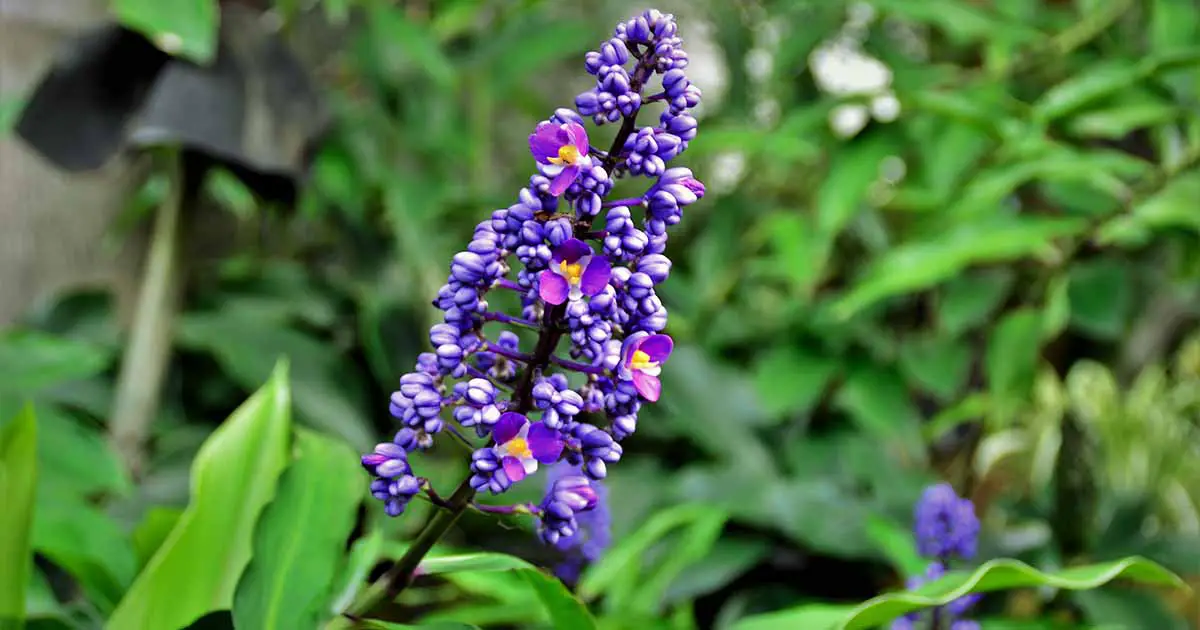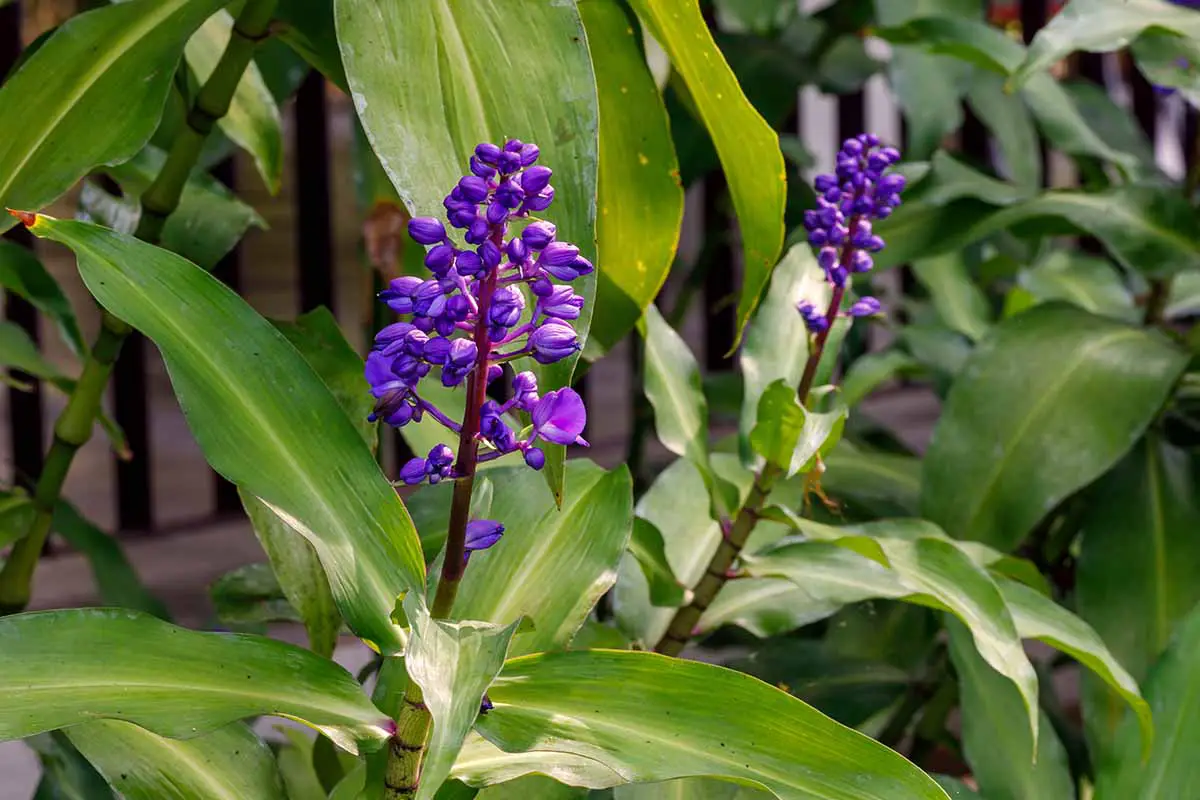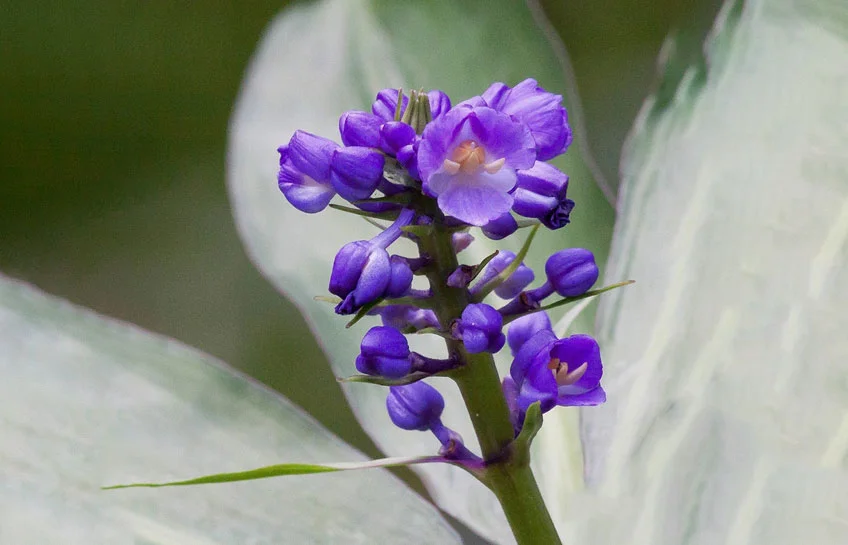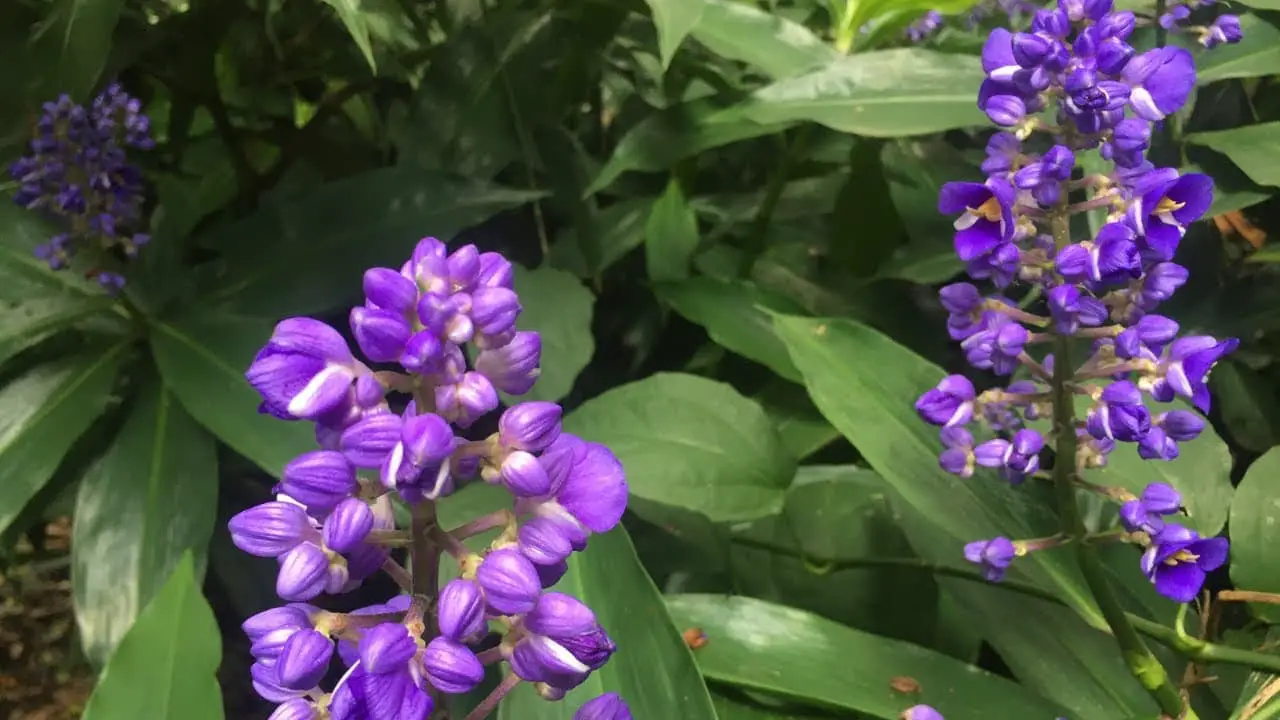Blue Ginger
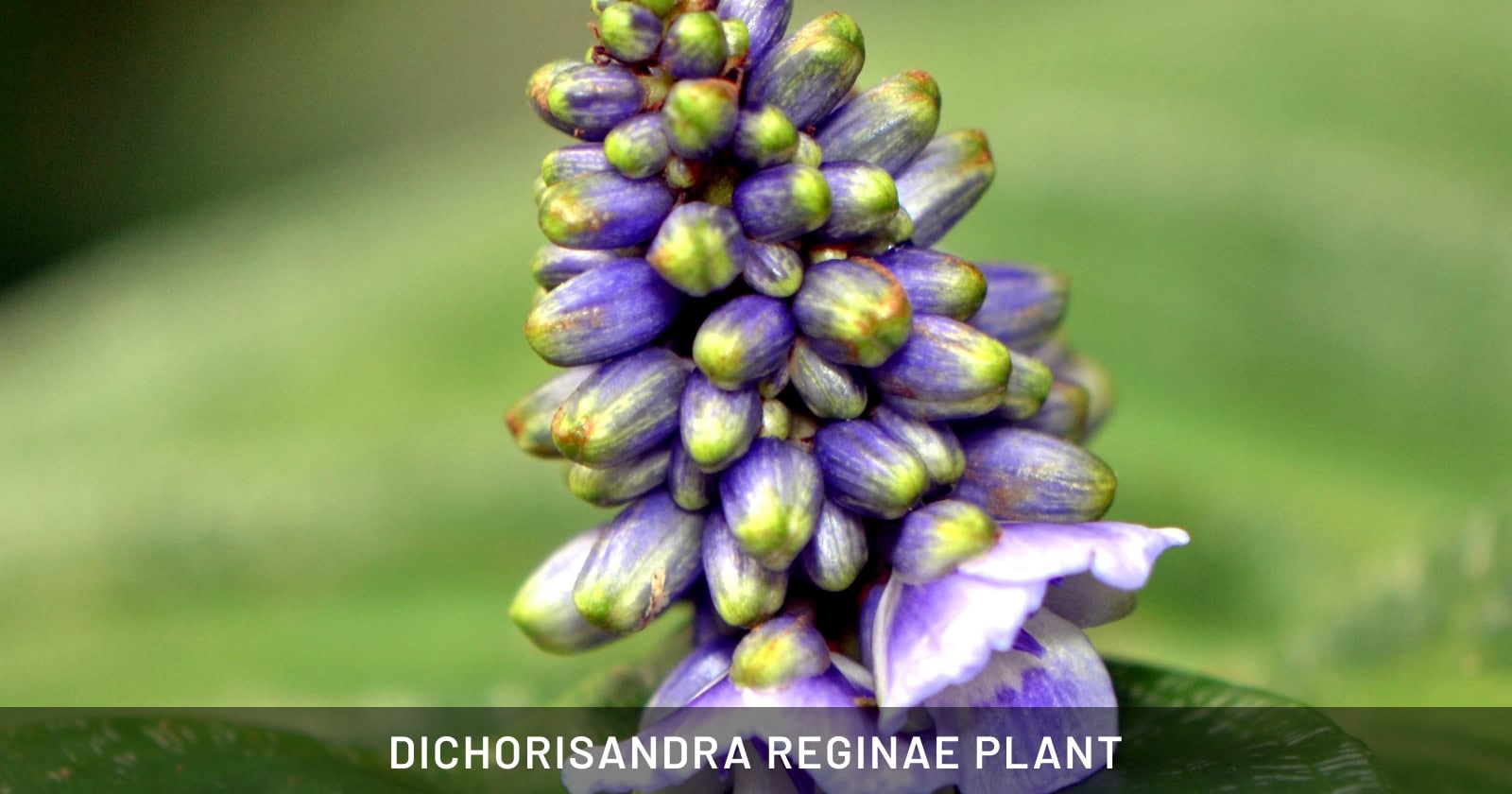
The Dichorisandra reginae, often celebrated as the Blue Ginger, is a stunning tropical plant that captivates with its vivid blue flowers. Unlike true ginger plants, it stands out with its vibrant floral display that blooms throughout the year, especially in warmer climates. Native to the Americas, it thrives indoors or in humid, shaded outdoor environments, making it a versatile addition to any plant collection.
For pet owners, here’s some great news: the Blue Ginger is non-toxic to cats and dogs, as per the ASPCA. This makes it a fabulous choice for adding a splash of color to your home or garden without worrying about your furry friends’ safety. Its striking appearance and pet-friendly nature make the Dichorisandra reginae a worry-free and enchanting option for both novice and experienced plant enthusiasts.
| Characteristic | Details |
|---|---|
| Scientific Name | Dichorisandra reginae |
| Common Name | Blue Ginger |
| Family | Commelinaceae |
| Origin | Americas |
| Type | Herbaceous perennial |
| Growth Habit | Upright, clumping |
| Leaves | Glossy green, lance-shaped, can reach up to 12 inches in length |
| Flowers | Bright blue or purple, resembling those of traditional ginger |
| Flowering Season | Peaks in late summer and fall, but can occur throughout the year in tropical climates |
| Height | Up to 6 feet (about 1.8 meters) |
| Preferred Habitat | Humid, shaded areas; suitable for indoors or shaded garden spots |
| Hardiness Zones | Typically zones 10-11 |
| Propagation | Division of rhizomes or from seed |
| Toxicity | Non-toxic to cats and dogs |
| Uses | Ornamental plant for gardens and interiors, attracts pollinators |
